
Can You Shower With Opal Jewelry? Protect It the Right Way
Can you shower with opal jewelry? It’s not recommended. Opals have a delicate, water-rich structure that makes them highly sensitive to moisture and sudden temperature changes. Showering with opal jewelry can allow water, steam, and soap to seep into the stone, dulling its brilliance and even causing surface cloudiness or cracks. To keep your opal looking its best, always remove it before bathing and clean it gently. Proper care helps preserve its beauty and lifespan—and if you're drawn to ocean-inspired styles, explore our Gold Beachy Jewelry collection for pieces designed to shine with ease.
Understanding Opal’s Unique Structure
Have you ever wondered why opal jewelry demands special care? Opal’s unique structure sets it apart from other gemstone varieties. Unlike crystalline stones, opal forms from a network of tiny silica spheres packed with microscopic gaps. During opal formation, water fills these gaps, making opals non-crystalline and relatively soft.
Their hardness typically ranges from 5.5 to 6.5 on the Mohs scale, so they're more vulnerable to scratches and impact than harder gems.
You’ll find that opal’s internal structure can influence its durability and response to environmental conditions. Because of this, you should avoid expos ing your opal jewelry to sudden temperature changes or harsh chemicals.
ing your opal jewelry to sudden temperature changes or harsh chemicals.
To preserve its brilliance and prevent surface damage, always store opals separately and handle them with care.
How Water and Moisture Affect Opal Jewelry
Although opals contain a significant amount of water within their structure—typically 3% to 21% by weight—exposing them to additional water or high humidity can still cause issues. When you subject opal jewelry to moisture, you risk disturbing the delicate balance of water content that gives opals their famous color play.
Excess moisture may seep into microscopic cracks, potentially clouding or dulling the gem’s brilliance. Over time, repeated exposure can alter the appearance and structural stability of your opal, undermining its longevity.
Since opal symbolism is often tied to clarity, hope, and creativity, maintaining the stone’s vibrant play-of-color is essential. To best preserve your opal jewelry, always store it in a dry, stable environment and avoid unnecessary contact with water.
Risks of Showering With Opal Pieces
When you wear opal jewelry in the shower, you expose the stone to frequent shifts in temperature and water pressure, which can disrupt its internal moisture balance. Opals aren't as water-resistant as many other gemstones; their structure contains up to 20% water.
Sudden exposure to hot water and steam can cause expansion and contraction, risking surface cracks or “crazing,” which severely impacts opal durability. Additionally, soaps, shampoos, and conditioners may leave residues that penetrate the stone, dulling its natural brilliance and further weakening its structure.
Over time, repeated showering accelerates moisture loss or absorption, leading to discoloration and cloudiness. To maximize the longevity and optical beauty of your opal jewelry, avoid showering with these delicate pieces.
Best Practices for Cleaning and Storing Opals
Because opals are highly sensitive to environmental changes, you should clean them with mild, non-abrasive soap and lukewarm water, gently wiping with a soft, lint-free cloth.
Avoid ultrasonic cleaners or chemical agents, as these can damage the stone’s structure and diminish opal color variations.
After cleaning, dry the opal thoroughly before storing.
Store your opal jewelry separately from harder gemstones to prevent scratches, ideally in a fabric-lined box.
Since humidity helps preserve opals, consider keeping a damp cotton ball nearby to prevent dehydration, which can cause cracking.
Proper cleaning and storage not only maintain the brilliance and integrity but also respect opal gemstone history, ensuring these unique stones remain vibrant and stable for years to come.
Tips for Wearing Opal Jewelry Safely Every Day
While opals can make stunning daily accessories, you’ll need to take deliberate steps to safeguard their delicate structure. Always put on opal jewelry after applying lotions or perfumes, as chemicals can dull the surface and interfere with opal color changing.
Remove your opals before engaging in activities that expose them to sudden temperature changes, since thermal shock may cause cracking.
Clean your jewelry with a soft, damp cloth, avoiding ultrasonic or steam cleaners, which are too harsh for this gemstone’s structure.
Frequently Asked Questions
Can Opal Jewelry Be Repaired if Damaged by Water Exposure?
If your opal jewelry suffers water damage, you’ve got repair options, but results depend on the extent. Jewelers can sometimes restore luster or reset stones. Act quickly to preserve integrity and prevent further deterioration.
Are There Specific Settings That Better Protect Opals From Moisture?
You should choose jewelry settings that create moisture barriers, like bezel or closed-back settings, to better protect opals from moisture. These settings reduce water exposure, preserving the opal's structure and prolonging its vibrant, natural beauty.
Is Synthetic Opal More Water-Resistant Than Natural Opal?
You'll find synthetic opal offers greater water resistance and synthetic durability compared to natural opal, thanks to its engineered structure. However, you shouldn't expose either type to prolonged moisture if you want to preserve their brilliance and integrity.
 How Does Temperature Change Affect Opal Jewelry During Travel?
How Does Temperature Change Affect Opal Jewelry During Travel?
When you travel, rapid temperature changes can cause thermal expansion in opal jewelry, creating stress or cracks. Humidity effects may also dehydrate the stone. To preserve opals, store them in climate-controlled containers and avoid extreme environments.
Can Opal Jewelry Be Insured Against Water-Related Damage?
You can insure opal jewelry against water-related damage, but always check your policy's specific insurance coverage. Don't rely on waterproofing tips alone—opals need careful preservation. Discuss material vulnerabilities with your insurer to ensure thorough protection for your piece.
Conclusion
To protect your opal jewelry, don’t shower with it. Opals are porous and sensitive to sudden temperature changes, chemicals, and prolonged moisture. Consistent exposure in the shower can cause cracking, clouding, or loss of brilliance. Clean your opals gently with a soft, damp cloth and store them in a padded, moisture-controlled environment. By following these practical steps, you’ll maintain your opal’s beauty and structural integrity for years to come. Treat your opals with the care they deserve.





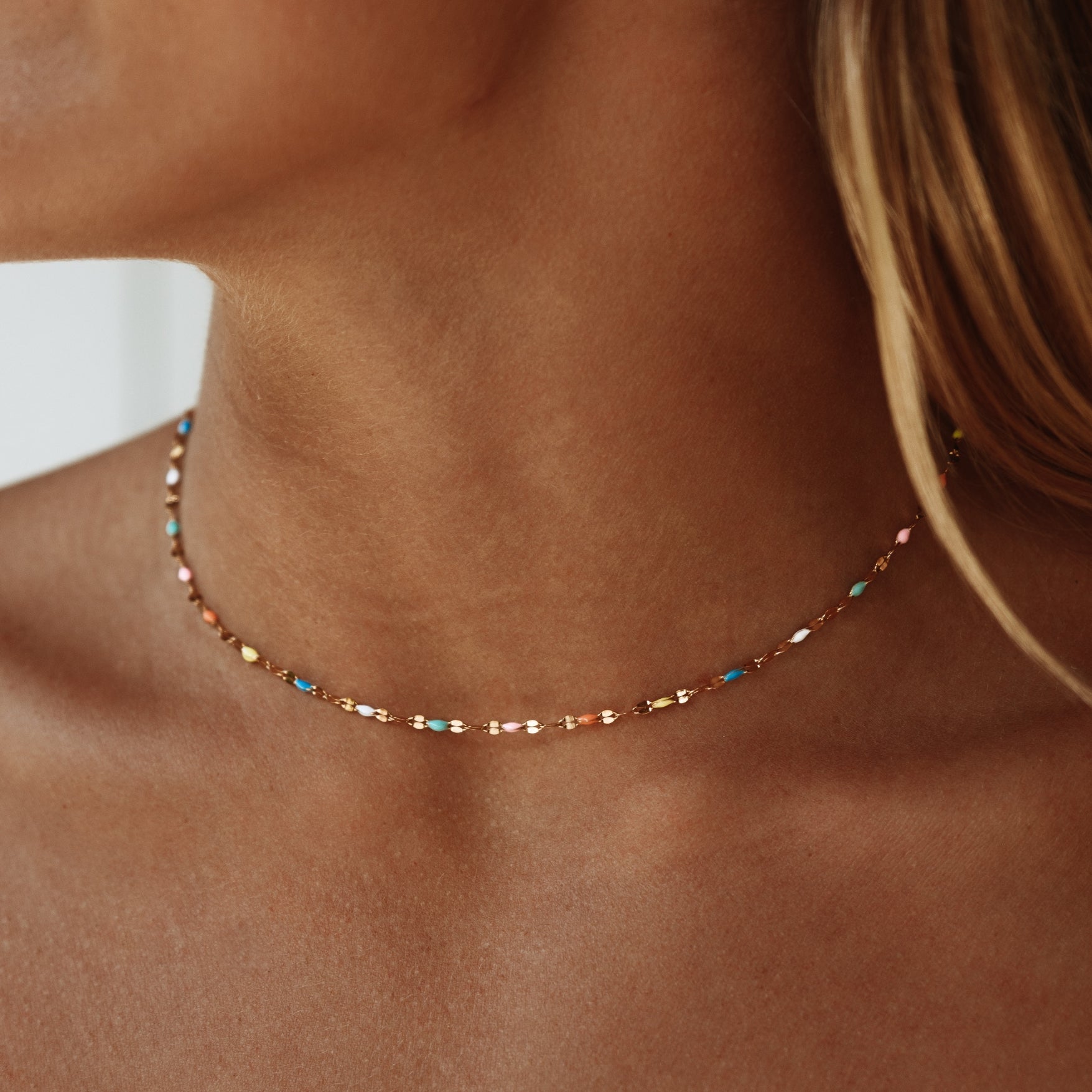
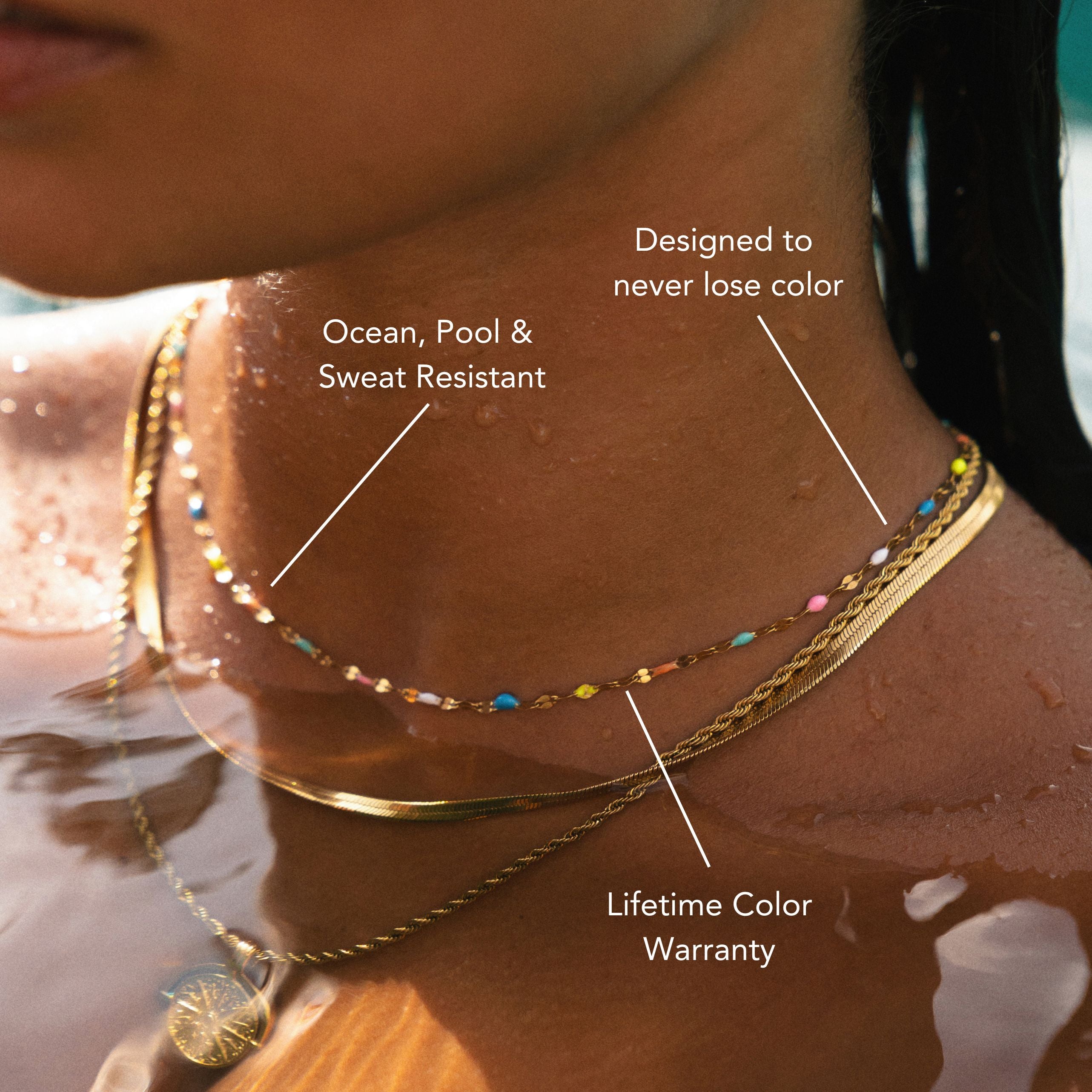
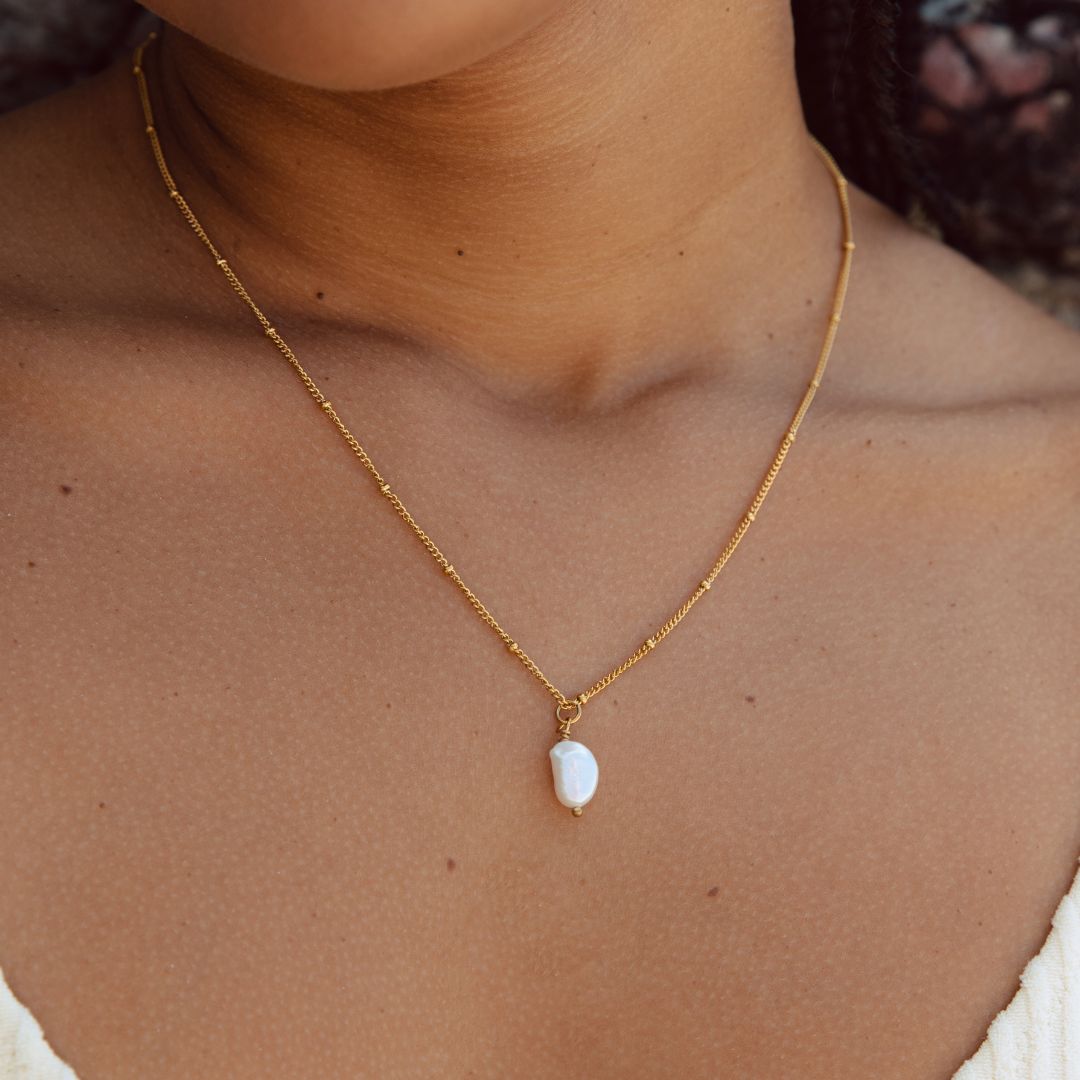
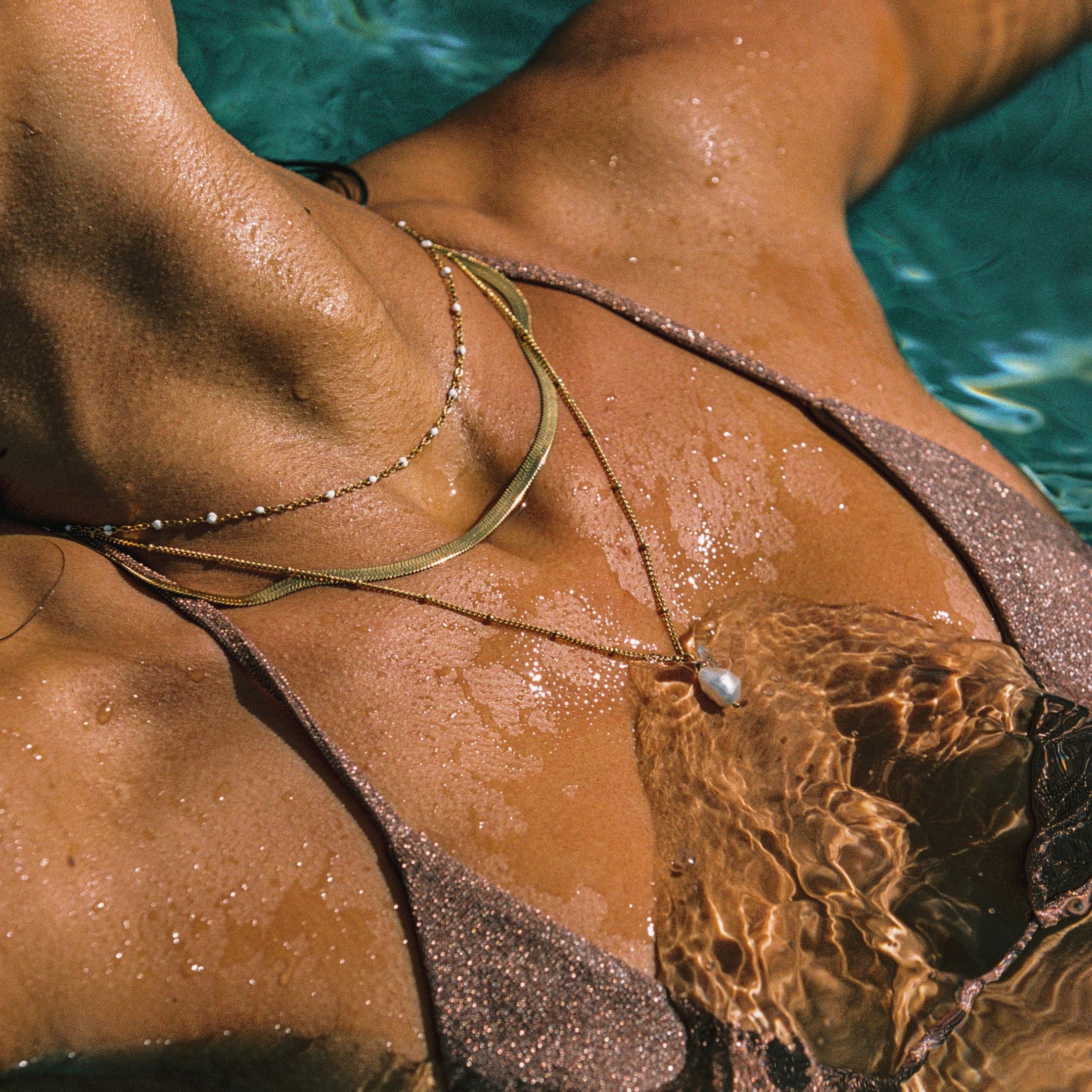
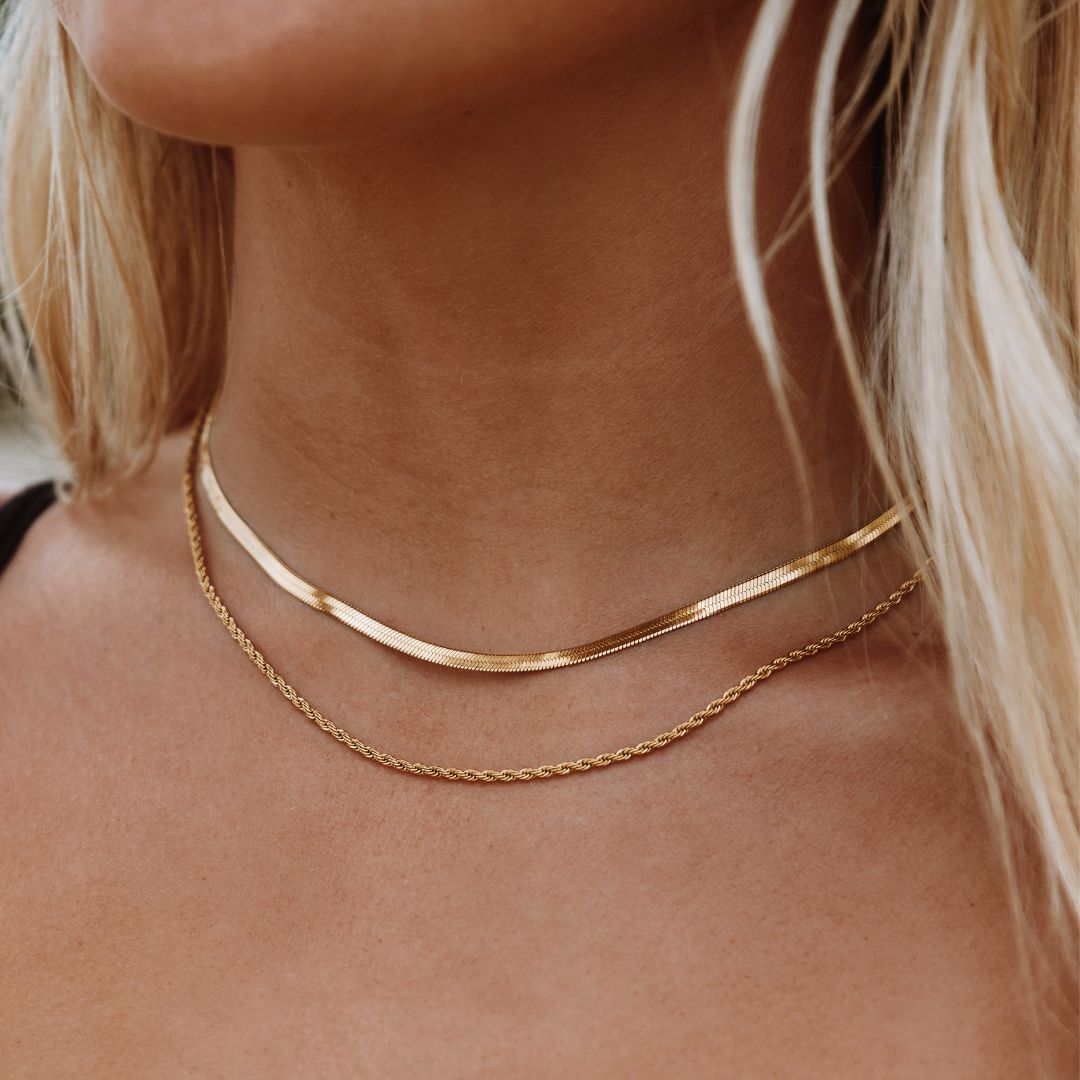
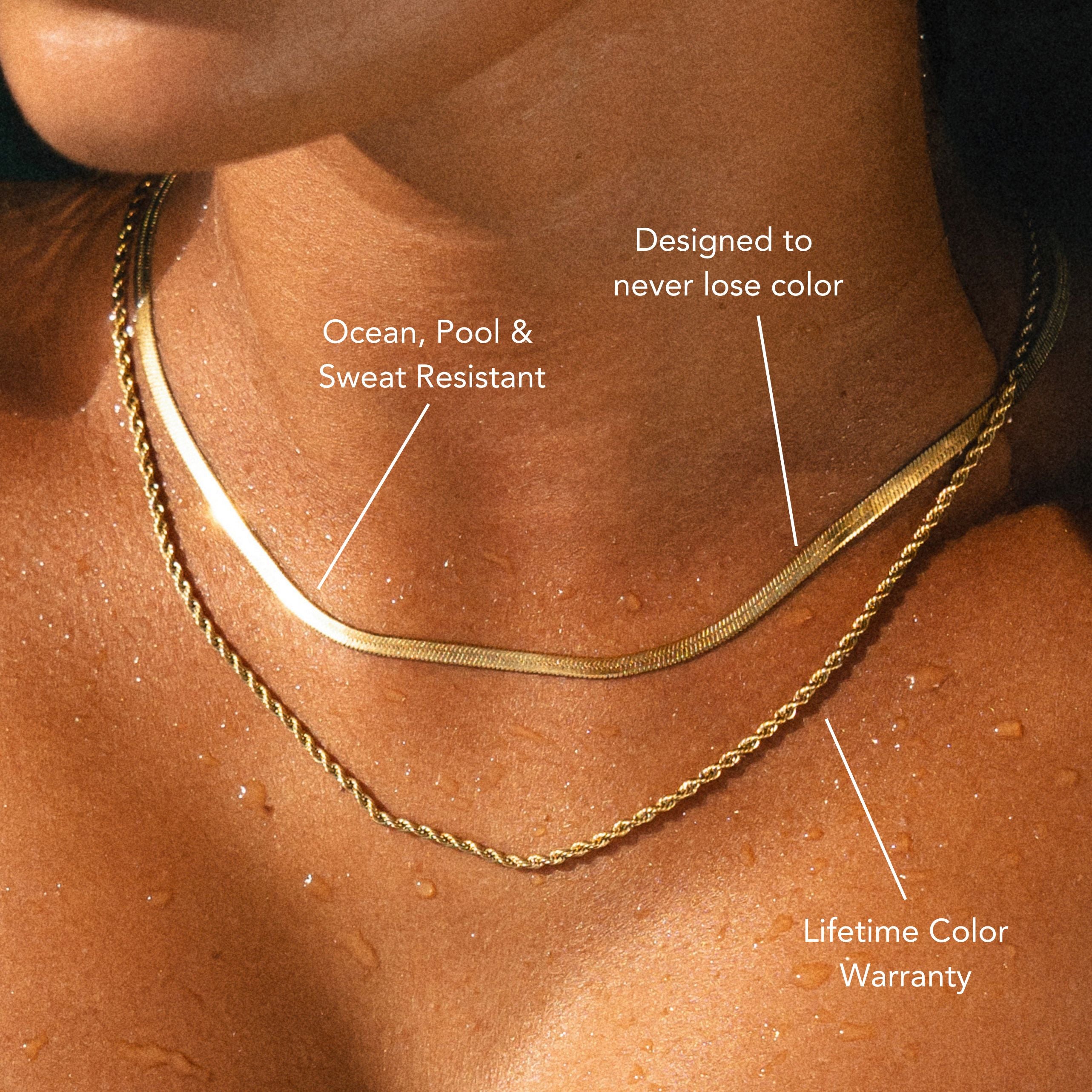
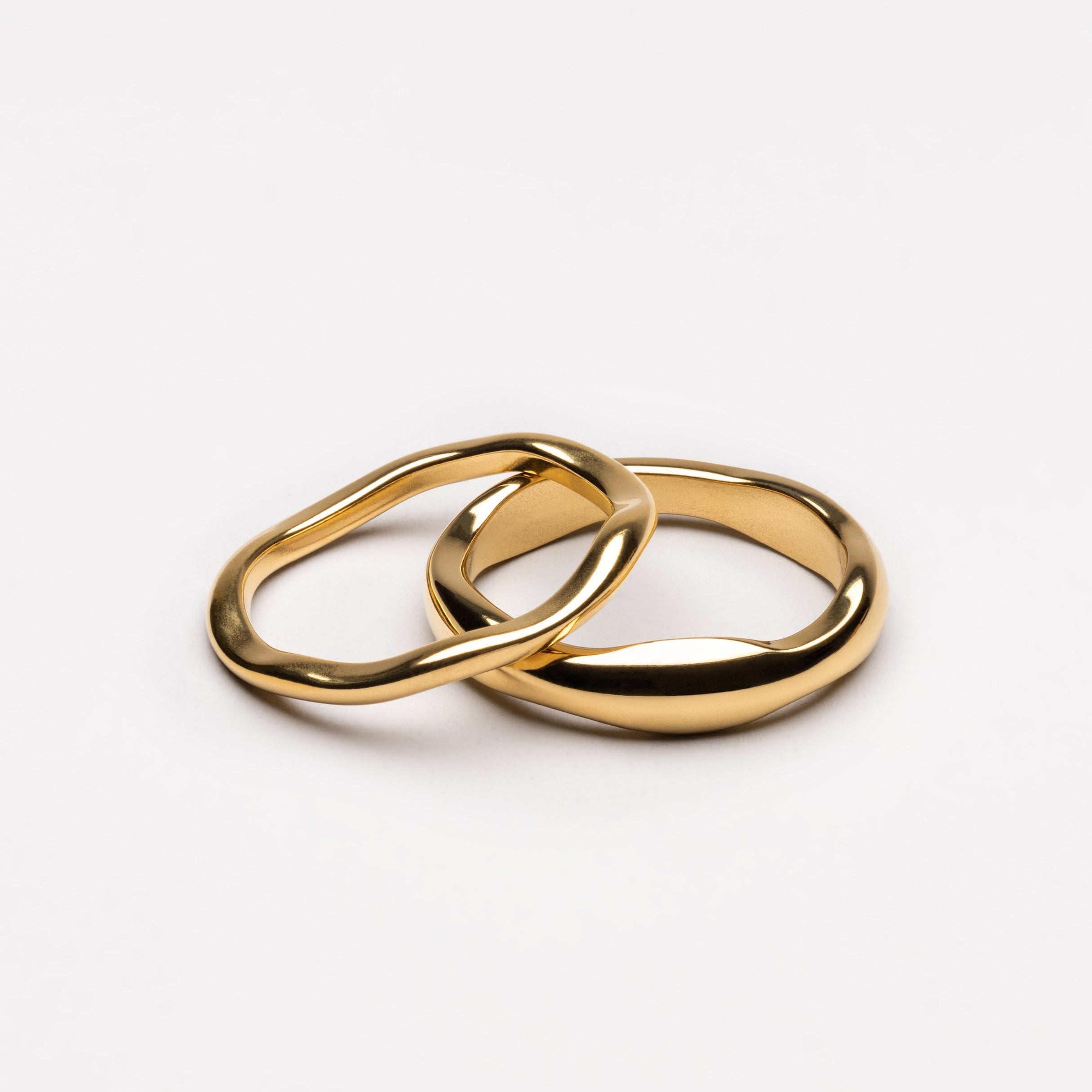
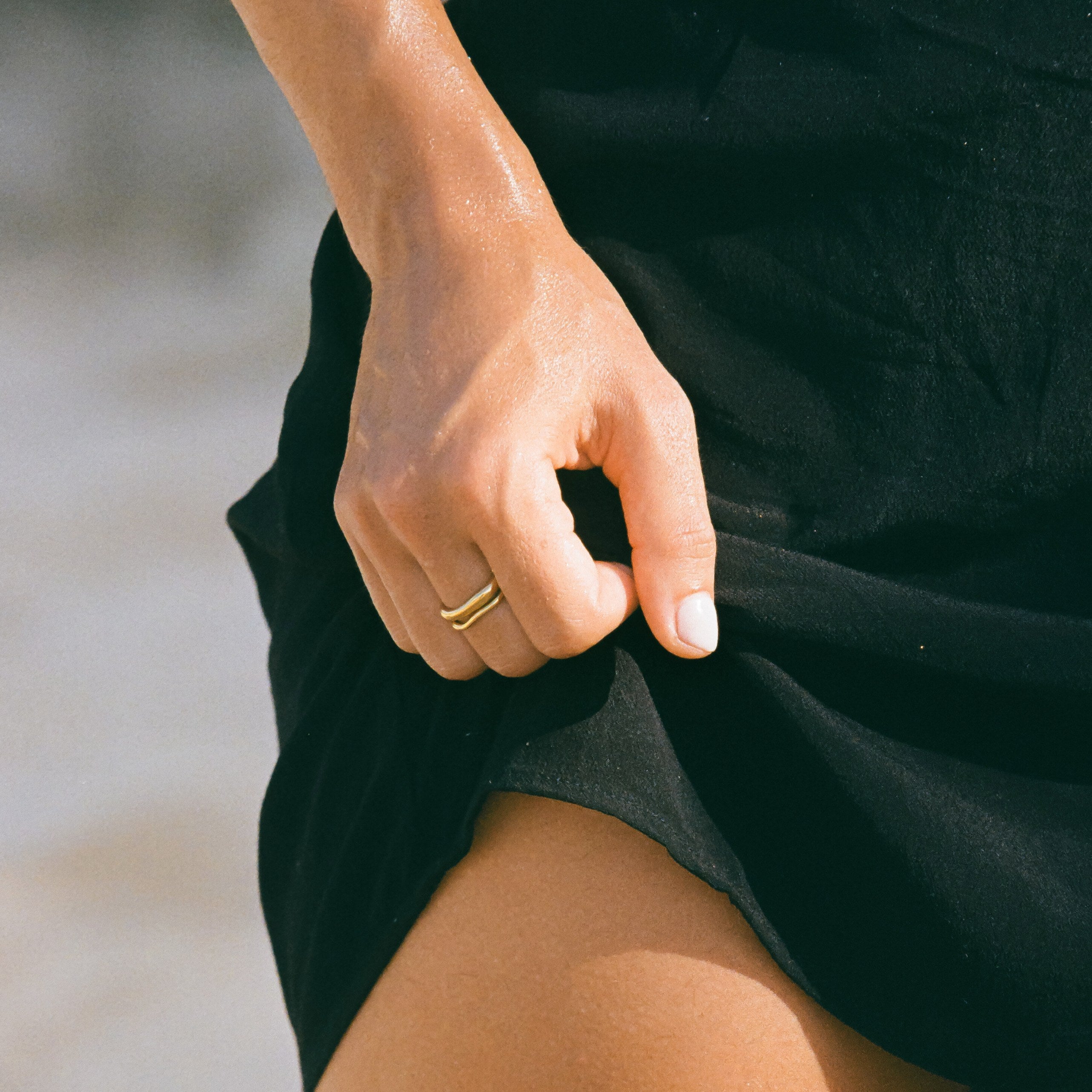
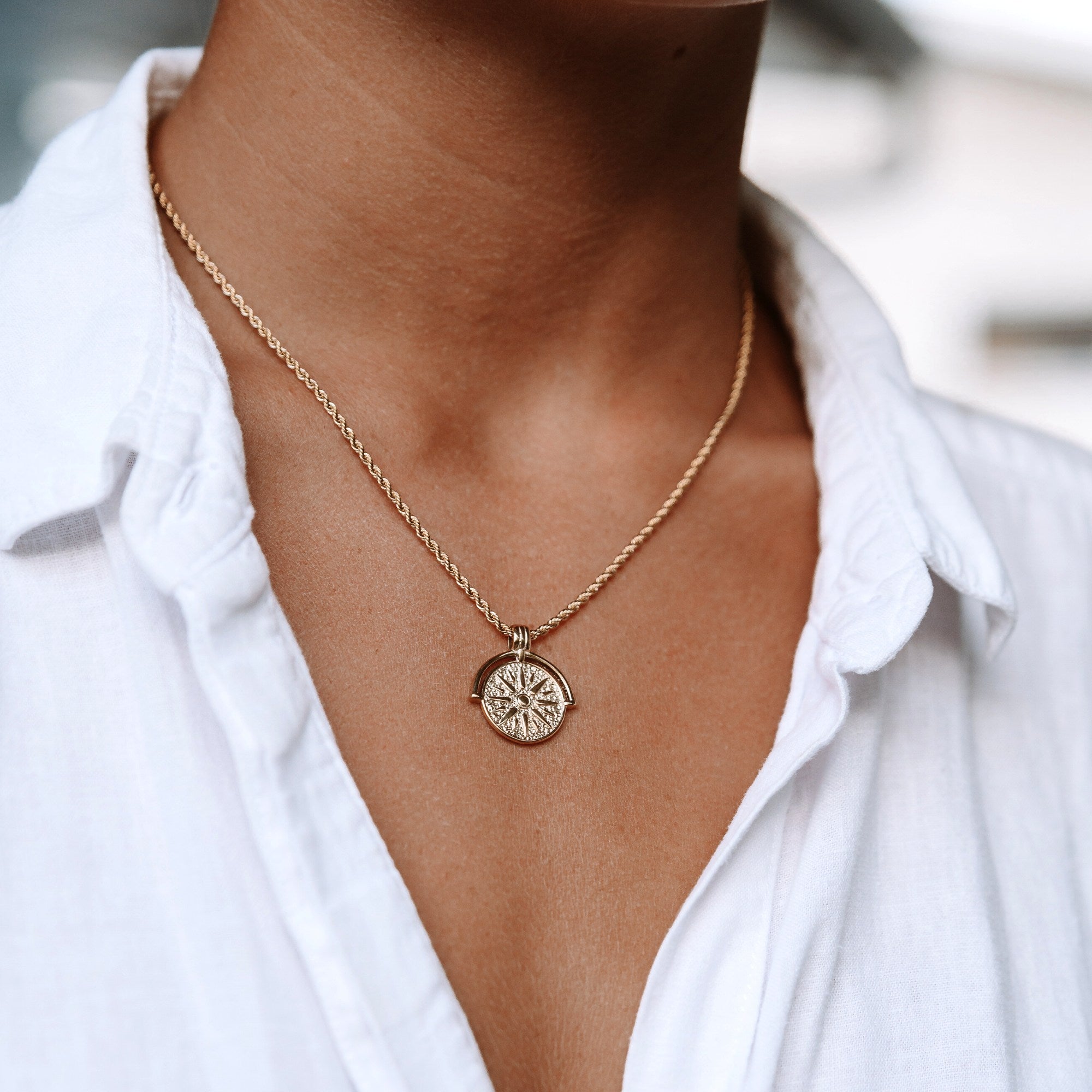
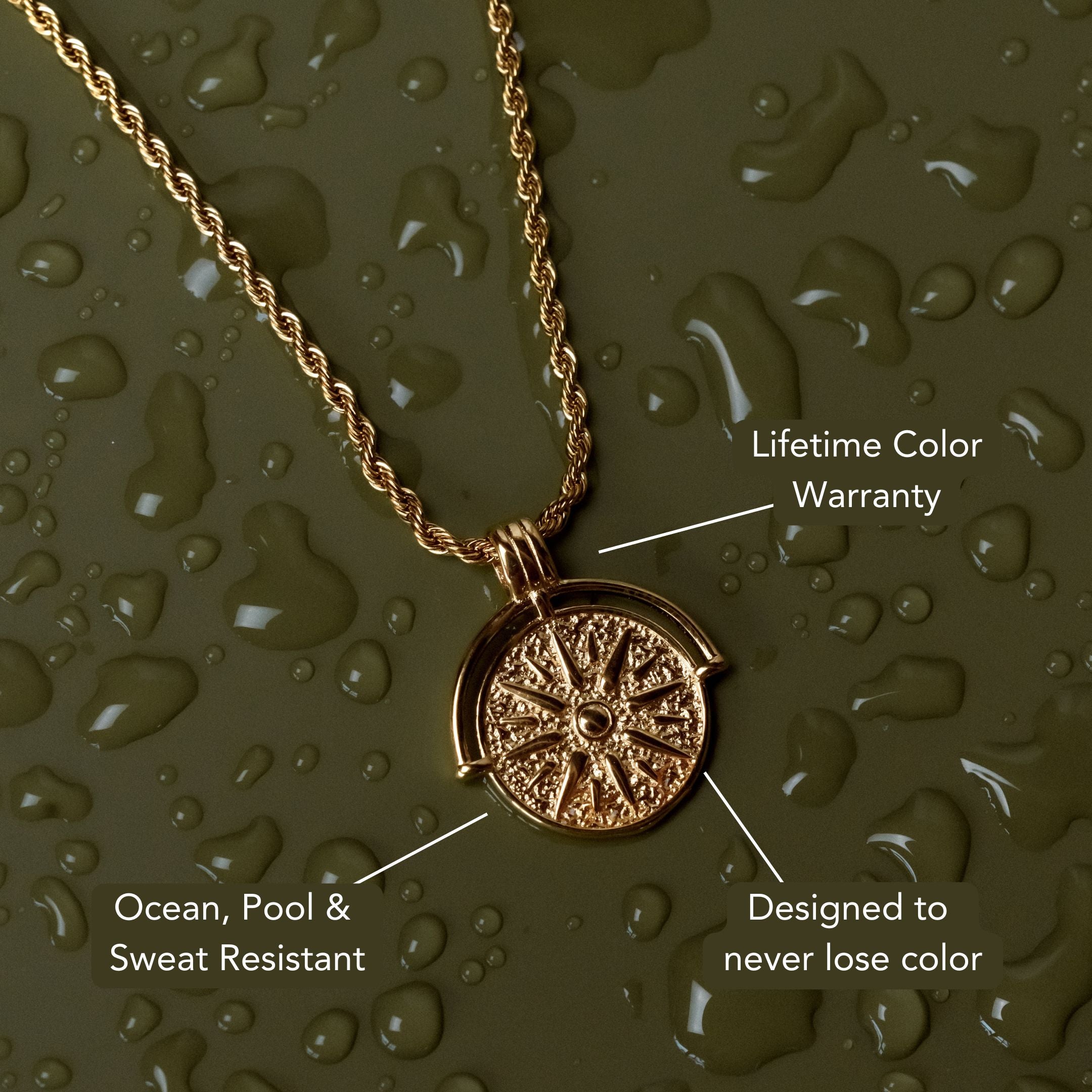
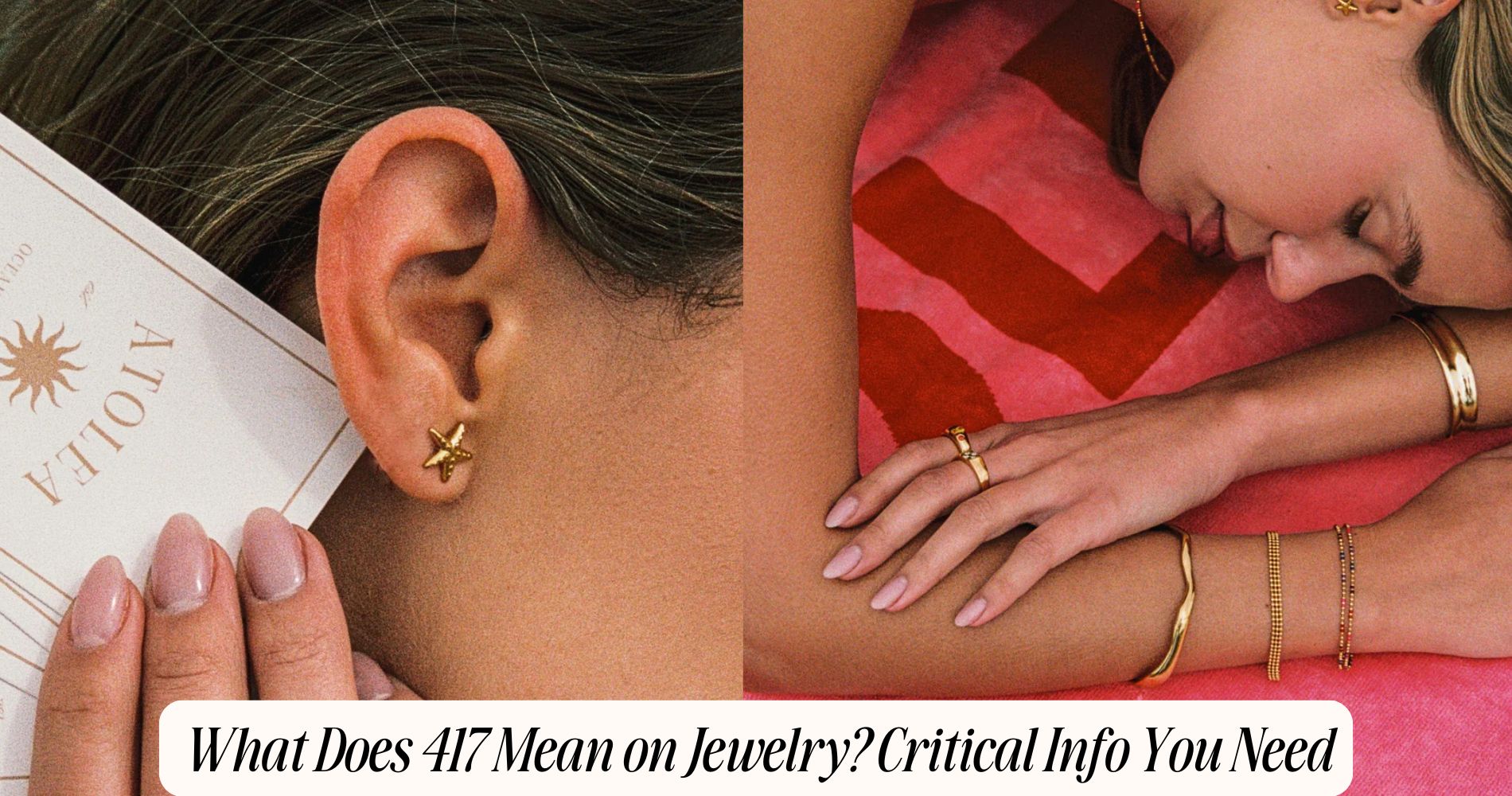
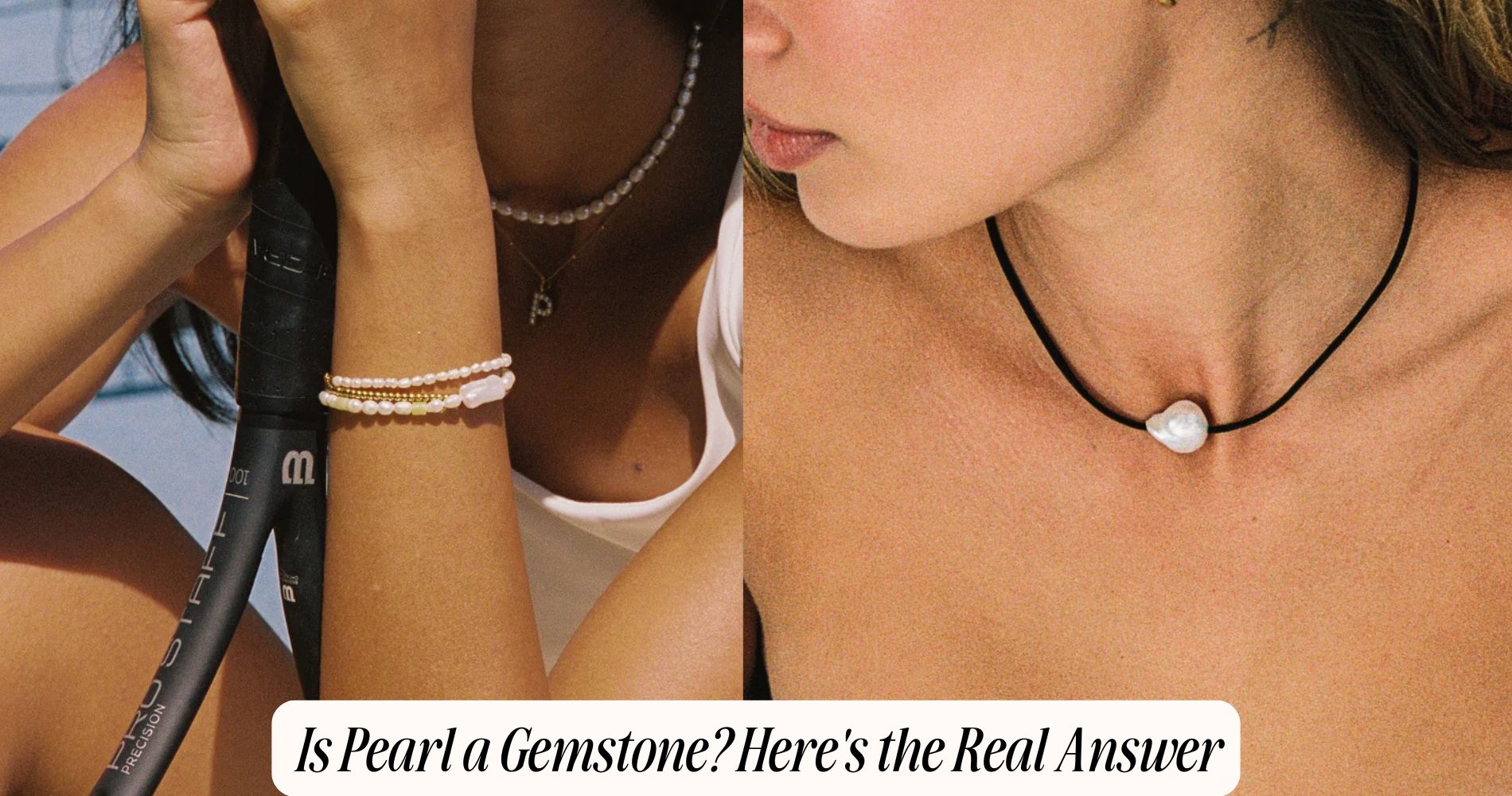




Leave a comment
This site is protected by hCaptcha and the hCaptcha Privacy Policy and Terms of Service apply.